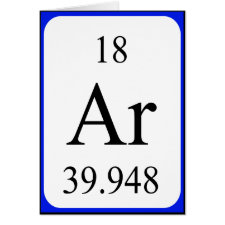
Authors: Baltrons O, Lopez-Mesas M, Palet C, Le Derf F, Portet-Koltalo F
Article Title: Molecularly imprinted polymer-liquid chromatography/fluorescence for the selective clean-up of hydroxylated polycyclic aromatic hydrocarbons in soils.
Publication date: 2013
Journal: Analytical Methods
Volume: 5
Issue: (22)
Page numbers: 6297-6305.
DOI: 10.1039/C3AY41227J
Abstract: Hydroxylated polycyclic aromatic hydrocarbons (OH-PAHs), a group of metabolites produced during the biodegradation of PAHs by microorganisms, are known to be difficult to analyze from complex environmental or biological matrices. In the field of contaminated soils, where OH-PAHs are less studied, a new method was compared to a common method for the analysis of monohydroxylated PAH metabolites: 2-naphthol, 2-hydroxyfluorene, 9-phenanthrol and 1-hydroxypyrene. After optimizing the microwave assisted extraction (MAE) step, the obtained extracts, containing the OH-PAHs together with the corresponding PAHs, were purified by molecularly imprinted polymers (MIPs). MIPs showed an effective selectivity for the hydroxylated derivatives studied (and not for native PAHs), which allowed their identification and quantification by HPLC/FLD. By this method, good limits of detection (0.003-0.014 μg g-1) and limits of quantification (0.010-0.044 μg g-1) were achieved. On the other hand, following the common method, the sample extract was concentrated by evaporation, silylated, and analyzed by GC/MS. The new method was more sensitive for all OH-PAHs and the analysis showed fewer matrix effects due to the use of MIP clean-up. In the present work the advantages and disadvantages of the new method are shown, as well as the possible application to soil biodegradation studies
Template and target information: hydroxylated polycyclic aromatic hydrocarbons, OH-PAHs, 2-naphthol, 2-hydroxyfluorene, 9-phenanthrol, 1-hydroxypyrene



Join the Society for Molecular Imprinting

New items RSS feed
Sign-up for e-mail updates:
Choose between receiving an occasional newsletter or more frequent e-mail alerts.
Click here to go to the sign-up page.
Is your name elemental or peptidic? Enter your name and find out by clicking either of the buttons below!
Other products you may like:
 MIPdatabase
MIPdatabase









